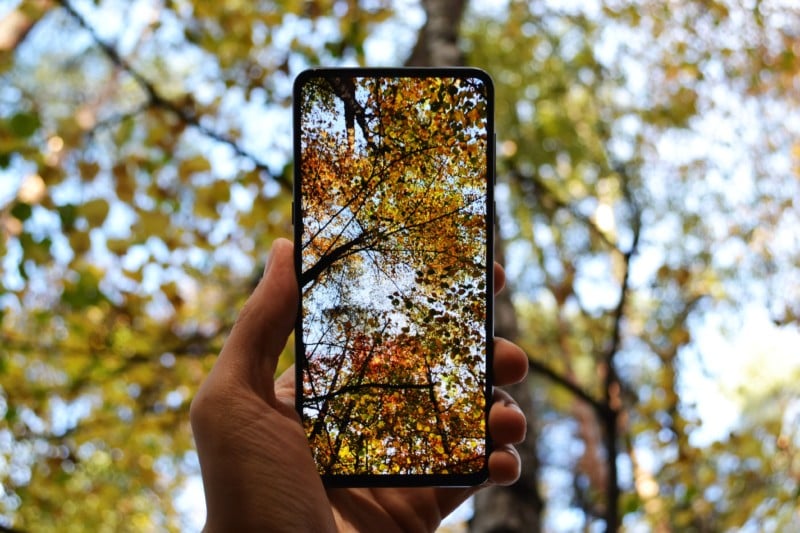OmniVision Unveils the World’s First 1/2-Inch 64MP Image Sensor
![]()
Earlier today, OmniVision announced an impressive 64MP 1/2-inch image sensor that will be ideal for ultra-thin, high-end smartphones. 64MP is an industry first at this size, achieved by shrinking the pixels all the way down to just 0.7 microns.
The so-called OV64B breaks new ground by shrinking the pixels even smaller in order to pack 64 million of them onto a 1/2-inch image sensor. 1/2-inches is a little bigger than the “typical” smartphone sensor—1/2.55-inches in the iPhone 11 and Google Pixel 4—but smaller than anything with a similar resolution.
Like the competition, the OV64B will try to walk the line between resolution and low-light performance by using a “4-cell color filter array” (commonly known as Quad Bayer) to capture pixel-binned 16MP images with “1.4 micro equivalent performance” when you need more light, or 64MP “re-mosaiced” photos when there’s plenty of light to be had. And all of this calculation is actually done on-sensor, using stacked die technology.
In terms of video, the extra resolution will allow the OV64B to shoot 8K/30p video, 4K/60p video, or 4K/30p video with electronic image stabilization. At full-resolution, the sensor can apparently capture 64MP photos at up to 15fps.

Admittedly, not a lot of companies brag about using smaller pixels, but OmniVision is making an exception because it sets them apart from Samsung, the only other chip maker providing similar technology to smartphone makers right now (and using it themselves).
The Samsung ISOCELL Bright GW1 is also a 64MP image sensor with a quad-bayer filter that can shoot both 16MP and “re-mosaiced” 64MP images as needed. But Samsung’s sensor is larger, using 0.8-micrometer pixels on a 1/1.7-inch sensor, which means it may not fit into thiner, smaller smartphones. This is who OmniVision is targetting with the OV64B.
To learn more about this sensor, head over to the OmniVision website. The company expects to start shipping the OV64B chip to manufacturers in May, so keep an eye out for more phones that feature a “64MP* camera” in the near future.